Tourists tend to invade new cities with maps, timetables, and bucket lists in hand. Those glossy guidebooks point out popular sites, hip restaurants, and touristy routes that promise “real” experiences.
But the magic happens when you toss the plan out the window and simply walk around blind. Some cityscapes reveal their true nature only after straying from recommended routes – finding hidden spots where real locals go about living their everyday lives.
These are 15 cities where intentionally getting lost will most likely bring the most complete understanding of what they are all about. They reward curious strollers with surprises no travel guide could ever be programmed to generate.
Venice, Italy
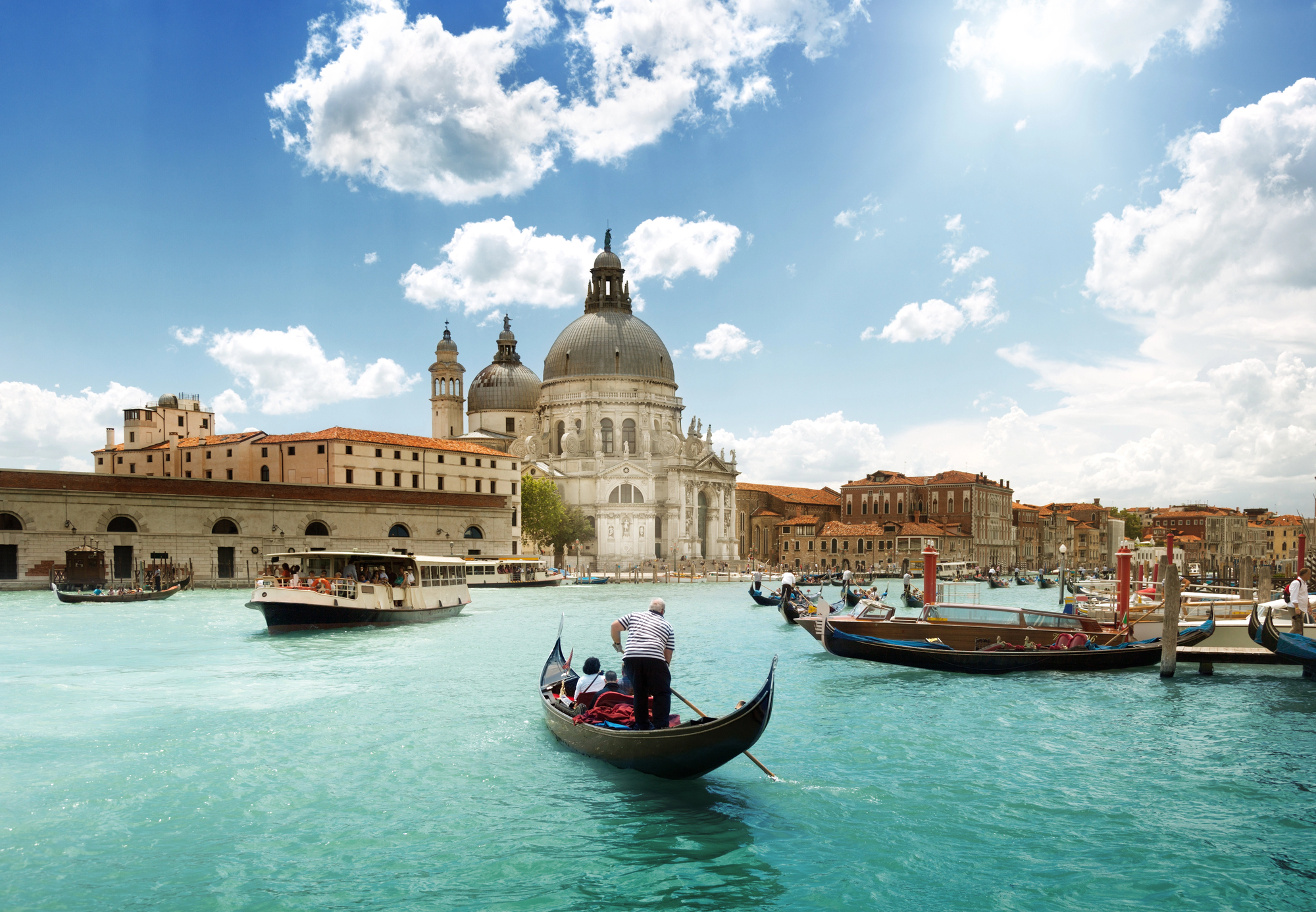
Venice’s mind-bending maze of skinny alleyways, tiny footbridges, and frustrating dead-ends baffles even seasoned travelers – that’s exactly what makes it special. This confounding layout wasn’t random but evolved as protection against invaders unfamiliar with its watery geography.
Aimless wandering leads to forgotten campi where actual Venetians live, small workshops crafting traditional masks and glassware, and neighborhood bacari serving cicchetti – tasty Venetian tapas at prices unimaginable near tourist hotspots. The authentic pulse of this floating city emerges once you abandon those packed pathways connecting Ferrovia to Rialto and San Marco.
Kyoto, Japan
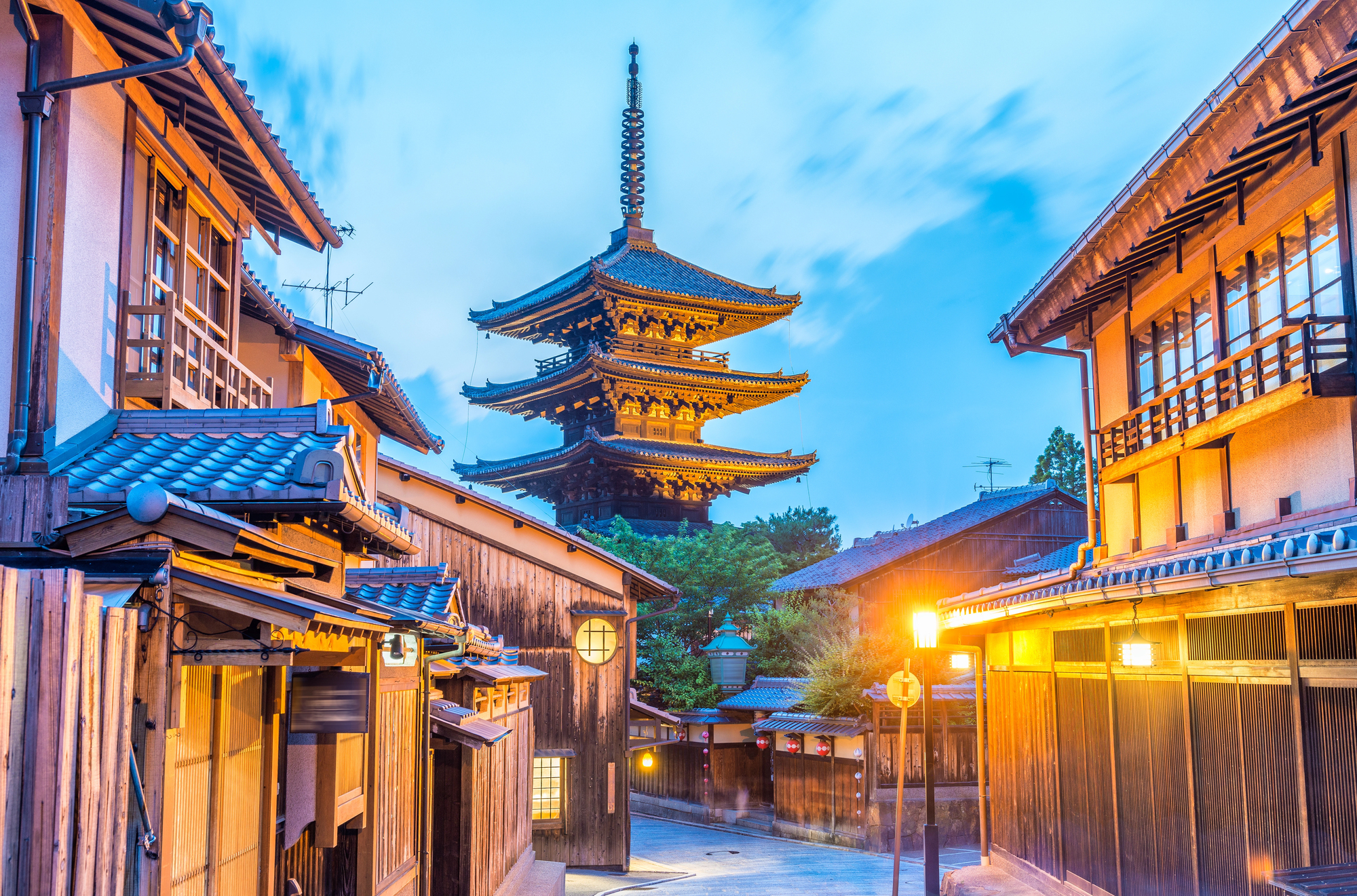
Beneath Kyoto’s orderly street grid hides a perplexing network of narrow lanes and concealed passages – revealing the city’s genuine soul. These traditional neighborhoods – called machiya districts – contain centuries-old teahouses, artisan workshops, and tiny shrines nestled between modern buildings.
Getting hopelessly lost around Gion or Pontocho at dusk might reward you with glimpses of geiko (Kyoto’s geishas) rushing to appointments or chefs preparing elaborate kaiseki meals visible through steamy windows. Those peaceful wooden machiya houses with their interior gardens represent architectural traditions nearly erased by progress – yet somehow preserved within Japan’s former imperial capital.
Marrakech, Morocco

Marrakech’s ancient medina deliberately disorients visitors – its twisting pathways historically protected local life from outside interference. Maps become practically worthless in this medieval tangle, where formal addresses barely exist and reference points constantly shift as market stalls relocate daily.
Surrendering to confusion leads to finds impossible to plan: artisans hammering detailed metalwork, hidden foundouks (historic merchant inns) beautifully restored, or quiet residential quarters where daily routines continue unchanged for centuries. That overwhelming sensory assault of spices, leathers, perfumes, and street food somehow creates mental markers, making more intuitive sense than any written directions.
Like Travel Pug’s content? Follow us on MSN.
Istanbul, Turkey
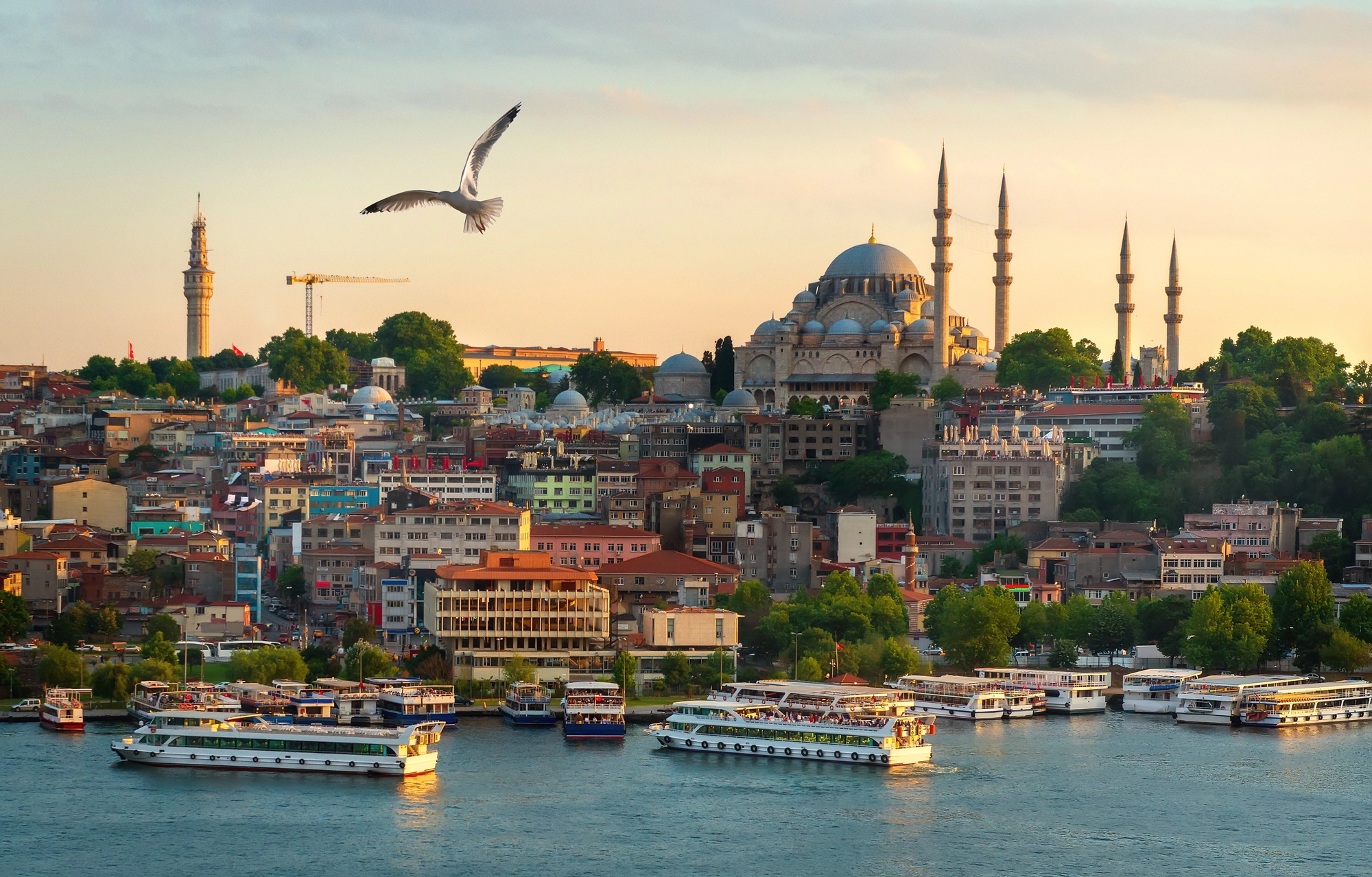
Istanbul spans both continents and centuries – layers of history creating neighborhoods defying logical navigation. Wandering off the tourist trail reveals the city’s true identity through unexpected transitions: Byzantine walls suddenly appearing between apartment blocks, ancient cisterns hiding beneath ordinary streets, or Ottoman wooden houses leaning precariously on hillsides with Bosphorus views.
Getting thoroughly lost in areas like Balat or Fener brings encounters with Jewish, Greek, and Armenian heritage that fundamentally shaped this multicultural metropolis. The city makes sense not as isolated tourist attractions but as one continuous historical narrative – best understood through unplanned exploration rather than guided tours.
Fes, Morocco
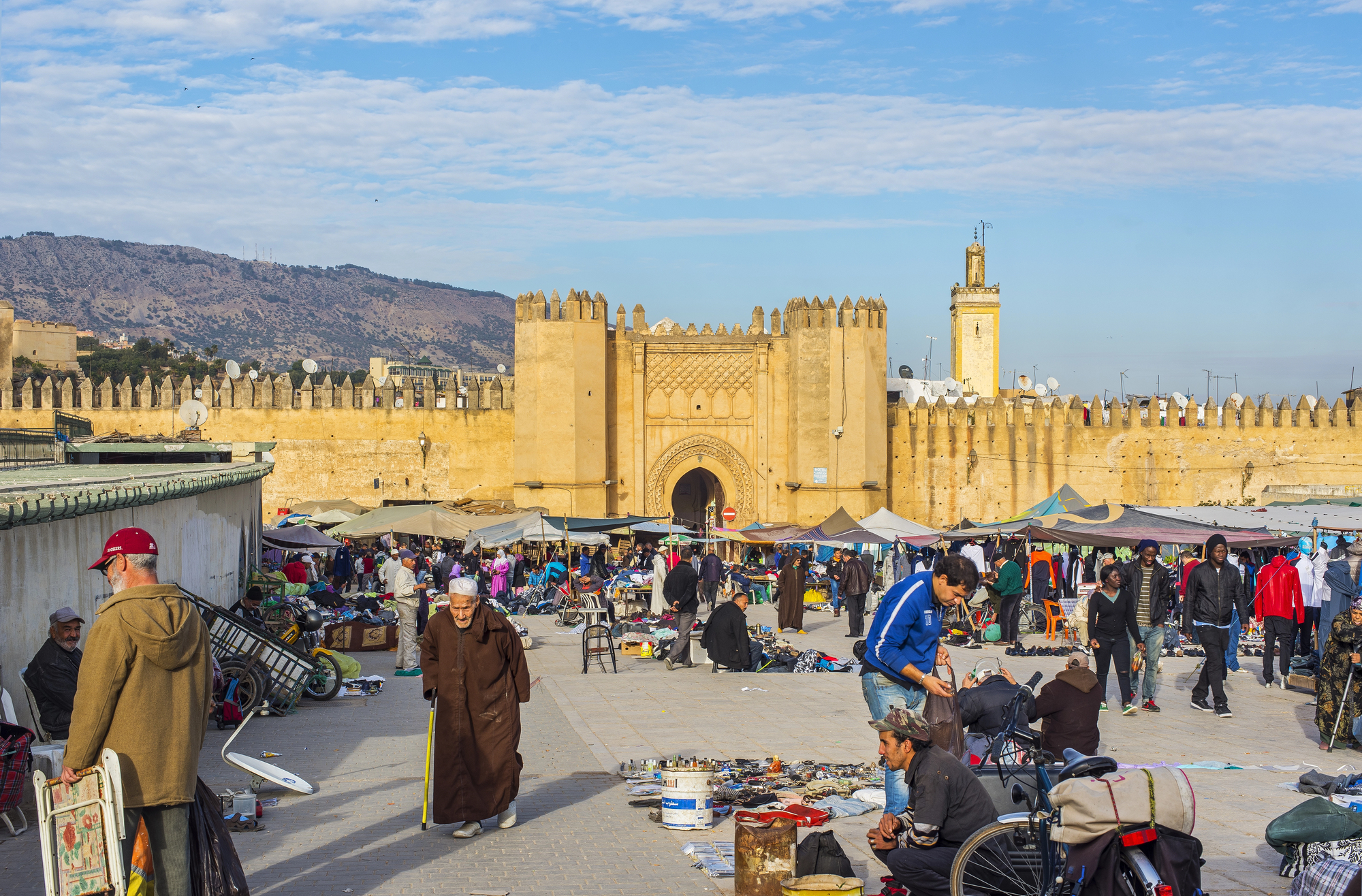
The medieval medina of Fes contains over 9,000 twisting alleyways within its walls – possibly the world’s most complex urban labyrinth. Deliberately designed without straight paths, this chaotic layout created neighborhoods organized around trades and religious institutions instead of logical grid patterns.
Wandering without purpose reveals the method behind this apparent madness – tanneries positioned downwind from homes, copper workers clustered near water sources, and madrasas (religious schools) centered within scholarly districts. The sensory experience shifts dramatically between areas – from fragrant spice souks to the pungent leather quarter – creating an invisible cognitive map explaining the city better than any street signs ever could.
Lisbon, Portugal
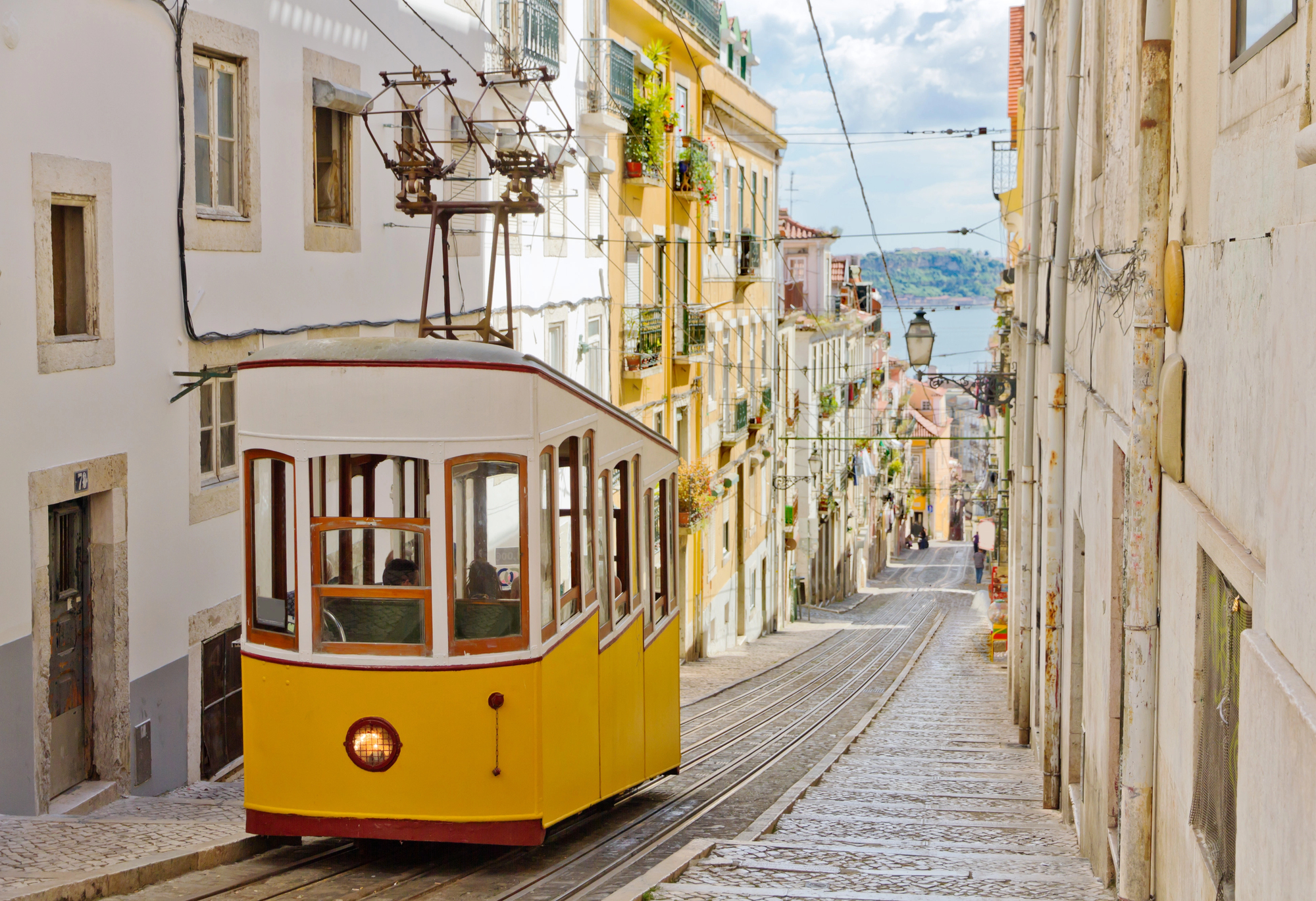
Lisbon’s famous seven hills cradle neighborhoods connected through bewildering vertical passages – steep staircases, historic elevators, and funiculars forming a three-dimensional puzzle for visitors. Getting disoriented in districts like Alfama or Mouraria uncovers tiny plazas invisible on maps, local taverns where impromptu fado music erupts, and spectacular miradouros (viewpoints) squeezed between leaning buildings.
The city’s reconstruction after its catastrophic 1755 earthquake produced fascinating contrasts between planned grid neighborhoods and older organic areas that survived the disaster. Those azulejo-covered facades, weathered paint, and laundry-draped balconies tell stories of urban evolution visible only to those wandering without specific destinations in mind.
Like Travel Pug’s content? Follow us on MSN.
Varanasi, India
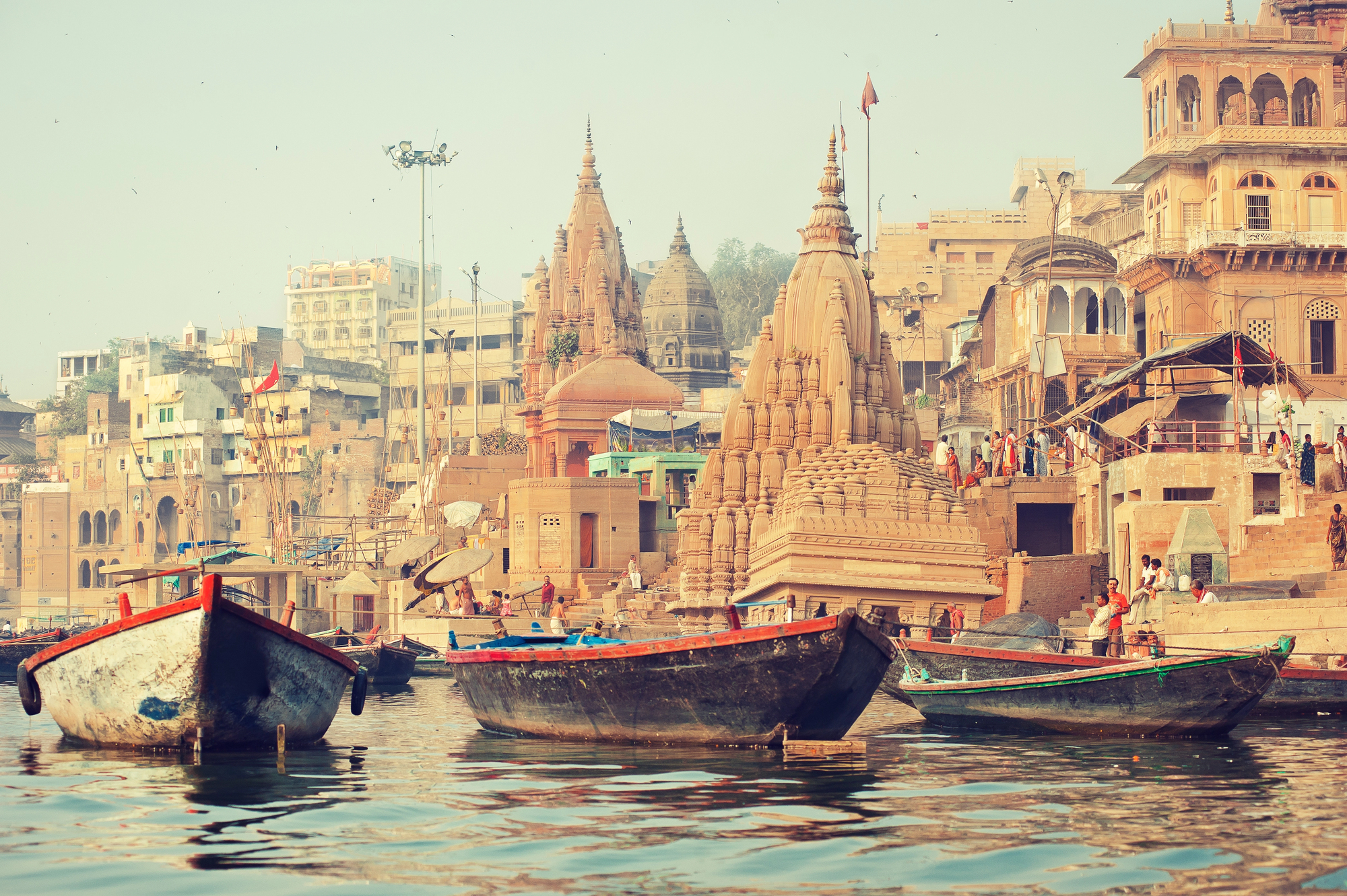
This sacred city along the Ganges defies conventional navigation – its densely packed labyrinth of alleyways spiraling endlessly toward the river. Maps become meaningless in this spiritual maze, where temples, shrines, and ceremonies materialize around every bend.
Getting thoroughly lost leads to ancient akhadas where kushti wrestling traditions continue, hidden courtyard temples reserved for local worship, or rooftop perches revealing the city’s golden domes glowing at sunrise. The disorienting quality mirrors the spiritual journey itself – finding clarity through confusion and direct paths through apparent chaos.
Countless pilgrims have discovered the city’s sacred geography not through maps but through surrender to its mystifying layout and rhythms.
Old Delhi, India
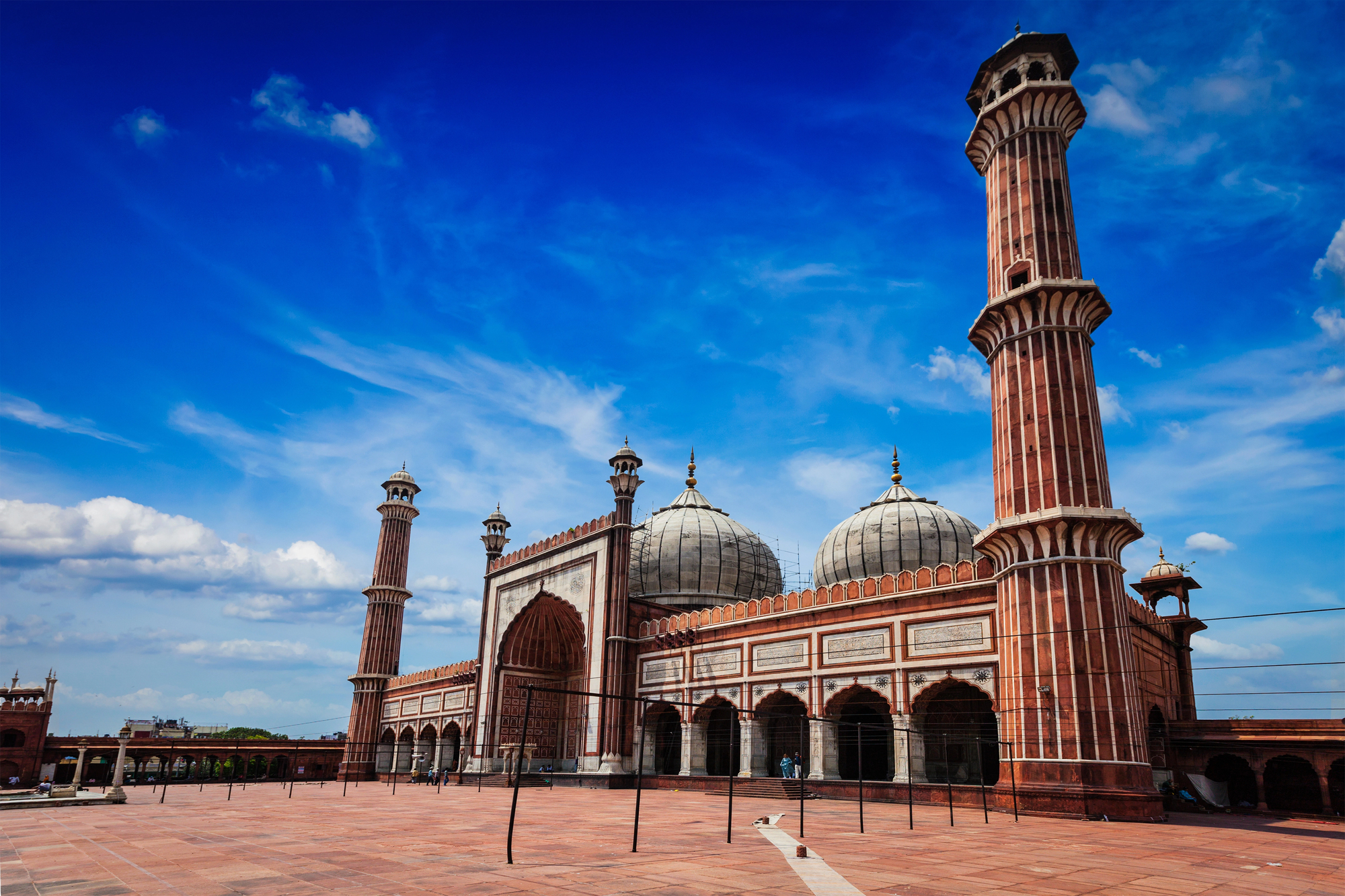
Old Delhi’s tangled streets remain virtually unchanged since Mughal times – creating an urban fabric revealing secrets only to those completely disoriented. This seemingly chaotic arrangement actually follows ancient principles of organizing communities around trade, religion, and family connections.
Wandering through Khari Baoli’s intense spice market or specialized wholesale bazaars exposes economic systems functioning exactly as they have for centuries. Hidden Jain temples, forgotten colonial architecture, and tiny food stalls serving recipes preserved through generations appear only after conventional navigation gets abandoned.
The true character emerges through that buzzing energy of commerce and community happening behind intimidating facades and crowded entrances.
Tokyo, Japan
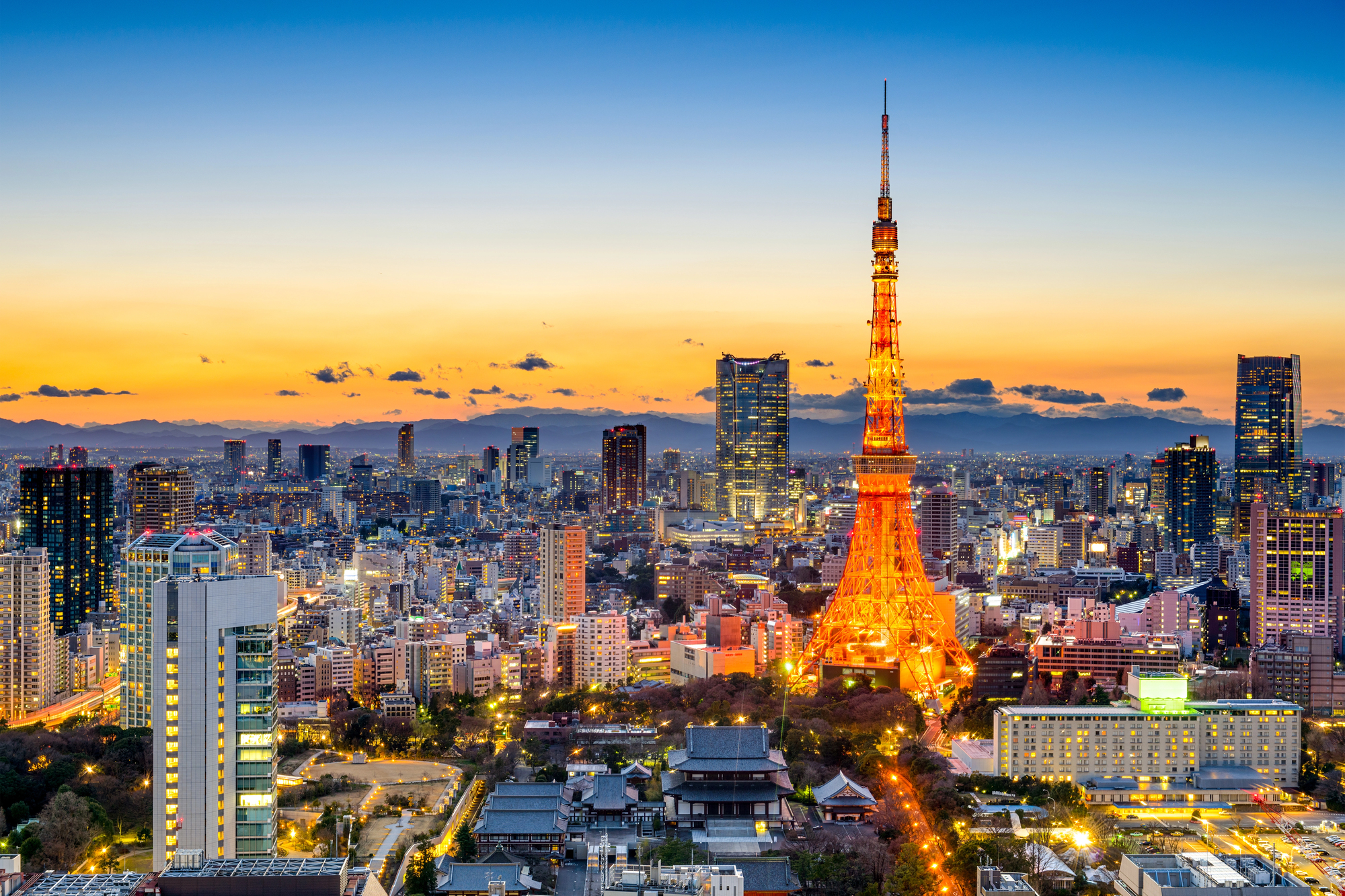
Despite Tokyo’s reputation for efficiency and organization, much of its magic hides in neighborhoods impossible to navigate systematically. The city’s address system confounds even locals – buildings are numbered by construction date rather than logical location.
Areas like Golden Gai or Shimokitazawa reward random exploration with yokocho (alley bars) seating barely six customers, basement jazz clubs with decades of history, second-floor record shops specializing in obscure genres, or tiny restaurants perfecting single dishes over generations. Tokyo functions as hundreds of distinct villages merged without consistent urban planning – creating a megalopolis best understood through accidental discoveries rather than predetermined routes mapped by travel experts.
Like Travel Pug’s content? Follow us on MSN.
Prague, Czech Republic
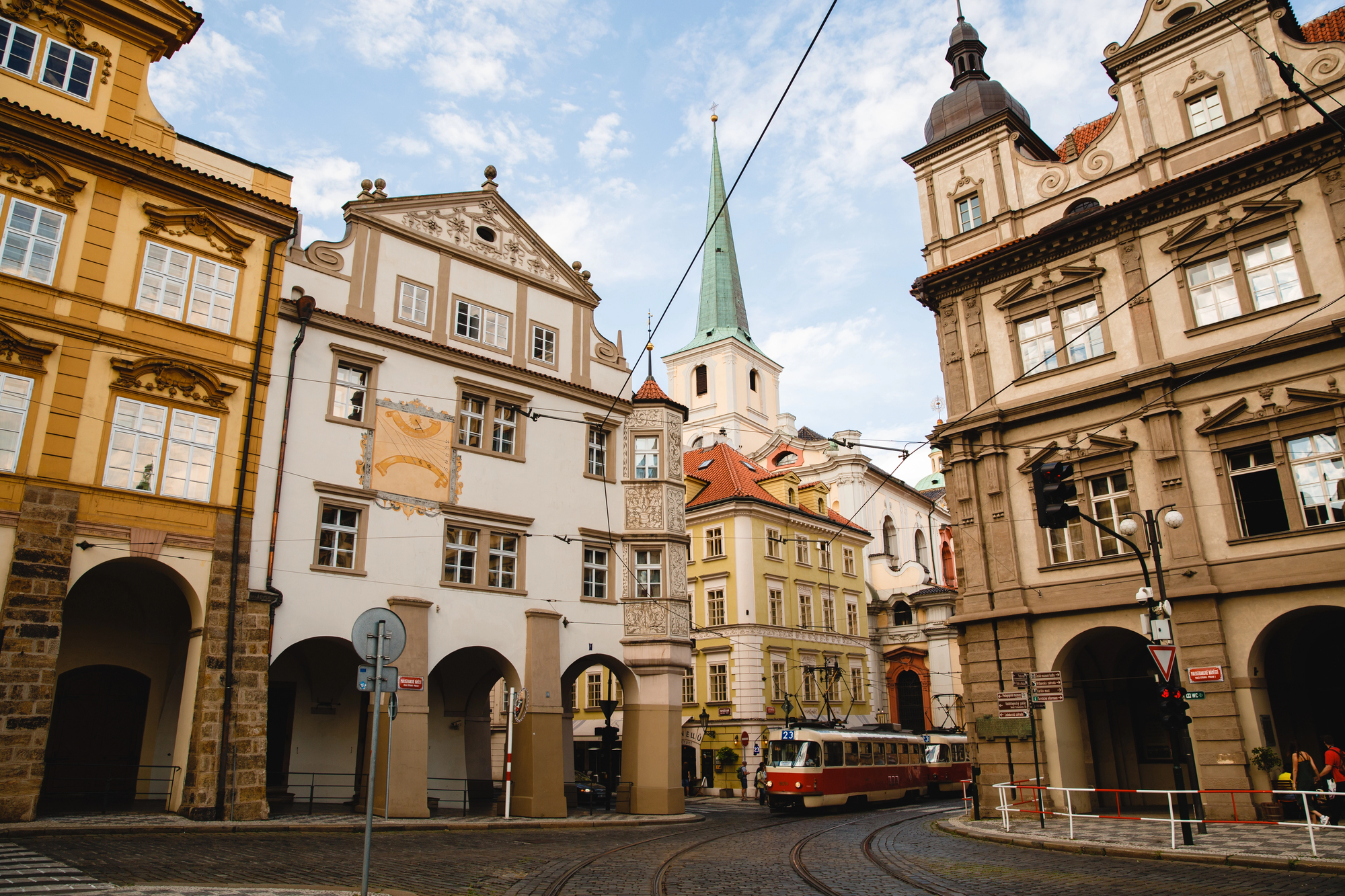
Prague’s medieval core conceals secret gardens, forgotten passageways, and intimate courtyards invisible from main thoroughfares. The castle district and Malá Strana feature sloping lanes disorienting visitors through vertical surprises – staircases materializing unexpectedly and viewpoints emerging between ancient buildings.
Getting properly lost leads to neighborhood hospodas where tourists rarely venture, Baroque gardens hidden behind plain walls, or architectural details impossible to spot from prescribed routes. The city’s complex history of occupation, resistance, and artistic renaissance reveals itself through layers discovered only when traditional sightseeing gives way to curious wandering without particular objectives.
Salvador, Brazil

The colonial heart of Salvador – known as Pelourinho – presents a vibrant maze, where Afro-Brazilian culture thrives behind colorfully painted facades. Standard tours showcase the restored historic center, but genuine understanding comes through getting completely lost in surrounding neighborhoods where spontaneous music sessions erupt on doorsteps and religious syncretism appears in unexpected shrines.
The city’s complex relationship with its African heritage becomes evident not through museums but through living traditions discovered accidentally down unmarked alleyways. Salvador’s soul emerges through random encounters with capoeira circles, glimpses of candomblé ceremonies through open doorways, or community kitchens serving regional dishes preserved through generations of oral tradition.
Kathmandu, Nepal

The ancient trading crossroads of Kathmandu hides innumerable courtyards, secret shrines, and living temples that materialize unexpectedly when wandering without purpose. Traditional urban planning created bahals (residential courtyards) accessed through narrow passages barely visible from main streets, where everyday religious practices continue among families who’ve lived there for generations.
Getting lost reveals the interconnected nature of spiritual and daily life, impossible to grasp from tourist sites alone. Woodcarvers still practice centuries-old techniques in workshops hidden from main thoroughfares, while neighborhood water sources function simultaneously as social gathering spaces and ritualistic purification sites.
This living cultural heritage becomes apparent only through disoriented exploration rather than planned excursions to famous landmarks.
Like Travel Pug’s content? Follow us on MSN.
Zanzibar Stone Town, Tanzania
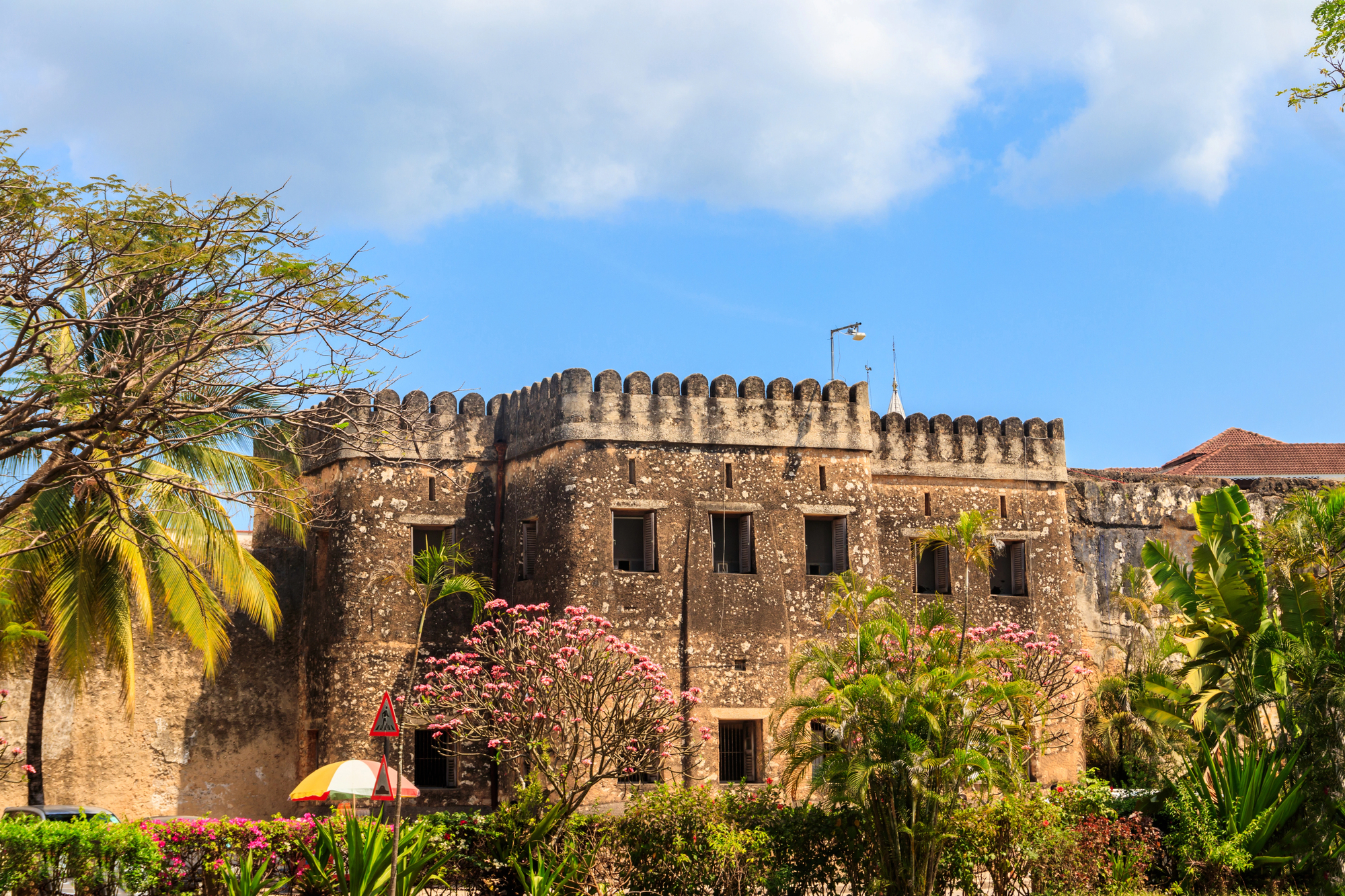
Stone Town’s winding narrow alleys were deliberately designed to confuse outsiders while sheltering locals from both harsh sun and unwanted attention. Massive carved doorways hint at hidden merchant mansions behind unassuming exteriors, while tiny shops operate from spaces barely visible from primary pathways.
The trading port’s multicultural heritage – Arab, Indian, European, and African – reveals itself through architectural details, cooking aromas, and linguistic remnants discovered only when thoroughly disoriented. Buildings communicate through unexpected features: benches built into facades for community gathering, inner courtyards designed for specific trade activities, and rooftop terraces connected by informal pathways known only to residents who’ve navigated them for generations.
Mexico City, Mexico
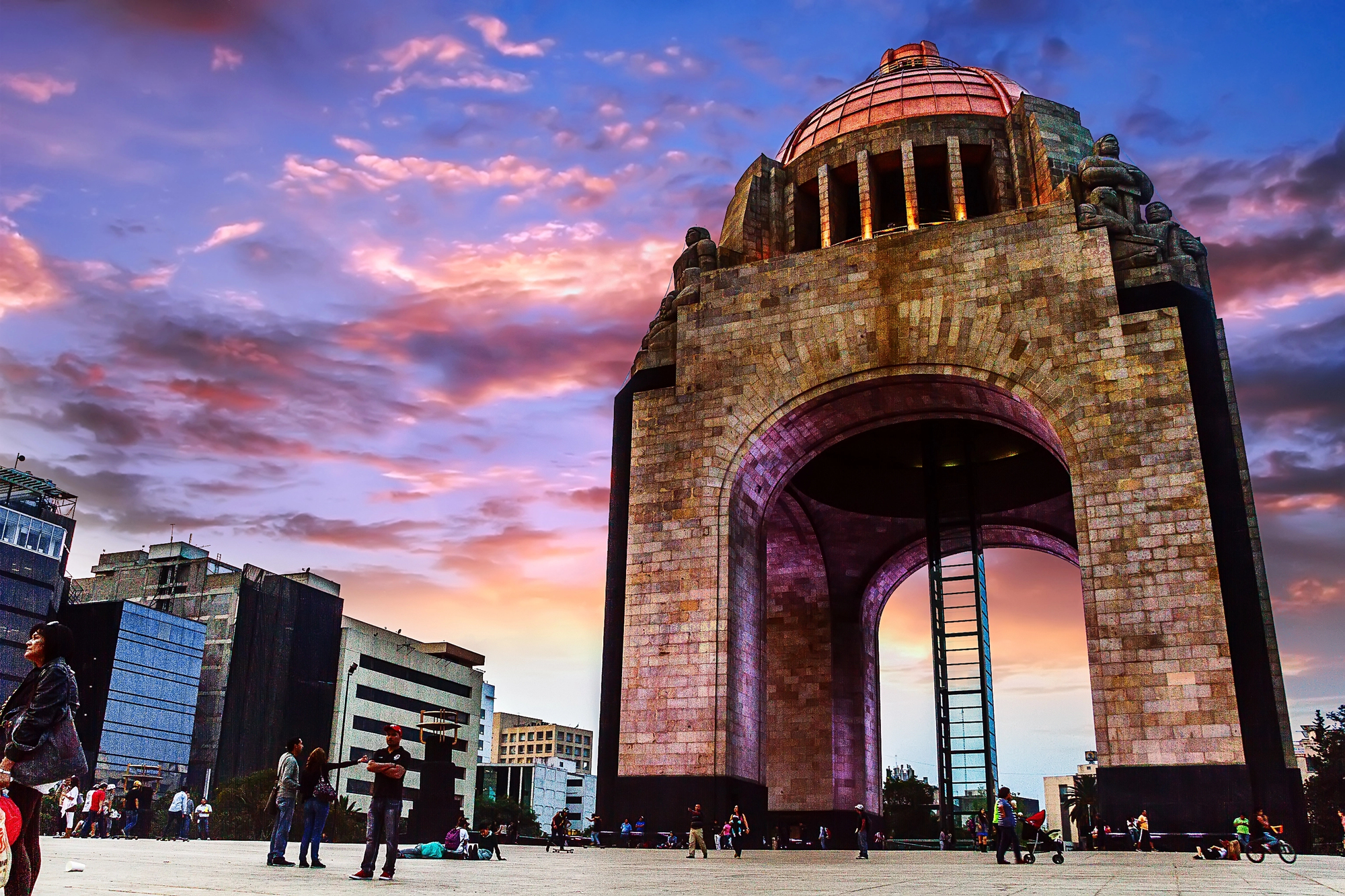
Mexico City’s massive urban sprawl contains distinct colonias (neighborhoods) functioning like independent villages within the metropolitan giant. Areas like Coyoacán or Roma reward aimless wandering with discoveries of pocket parks, artist studios housed in crumbling mansions, or food stalls specializing in regional dishes from across Mexico’s diverse culinary landscape.
The city’s pre-Hispanic foundations occasionally surface through unexpected archaeological remnants preserved between modern developments. Getting lost often reveals the logical organization hidden beneath apparent chaos – markets specialized by product categories, neighborhoods defined by migration patterns, and cultural enclaves maintaining traditions from distant Mexican regions.
This megalopolis makes sense not as a unified whole but as hundreds of distinct communities best discovered accidentally rather than intentionally.
Genoa, Italy

Genoa’s medieval center contains Europe’s largest intact historic quarter – a vertical maze of caruggi (narrow alleys) climbing steeply from the ancient harbor. The city’s maritime wealth hides behind modest exteriors, with spectacular palazzi and interior courtyards completely invisible from public streets.
Getting deliberately lost leads to discoveries impossible to plan: tiny shops specializing in single traditional foods, artisan workshops continuing maritime crafts, or breathtaking churches tucked between ordinary apartment buildings. The complex social history emerges through architectural clues – elevated walkways connecting noble residences, hidden gardens providing respite from urban density, and specialized food establishments serving distinct Ligurian traditions developed to sustain seafarers through centuries of maritime dominance.
Like Travel Pug’s content? Follow us on MSN.
The Beauty of Disorientation

These environments challenge our 21st-century obsession with efficiency and perpendicular lines. Their curved streets, hidden alleys, and shocking changes were built for people with time on their hands, living in organically developed territories with complex lives intertwined within them.
Getting lost in full measure presents tourists with an opportunity to understand the cities in the way that they were supposed to be found – slowly, by accident, and with intense sensory engagement. The best city experiences are never the product of checking off sites on lists but rather of stumbling into real moments of city life unfolding beyond the tourist zone.
Perhaps the greatest epiphany comes precisely when we release ourselves from needing to know exactly where we are and what’s around the corner – when confusion becomes a path to discovery rather than a problem to be solved.
More from Travel Pug

- Cities Growing so Fast You Won’t Recognize Them in 10 Years
- 13 Destinations Where Tourists Regularly Regret Their Trip
- 20 Obscure WWII Sites Even History Buffs Don’t Know About
- 10 Under-the-Radar Mountain Towns That Are Both Affordable and Beautiful
- Remote Villages in Europe Where You Can Live for Free in Exchange for Work
Like Travel Pug’s content? Follow us on MSN.
